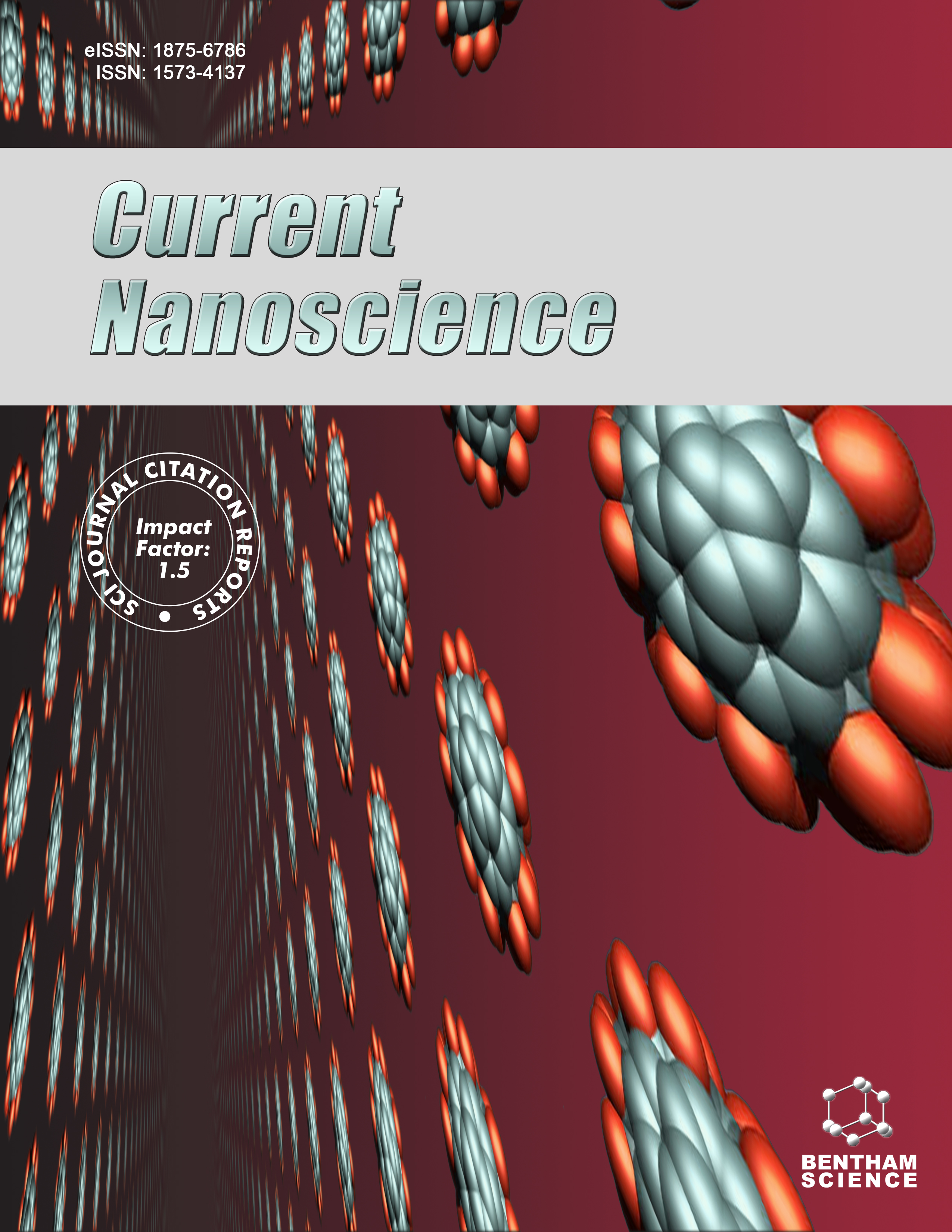
Full text loading...
We use cookies to track usage and preferences.I Understand
Ultrasonic irradiation has the remarkable potential to amplify reactivity by a factor of approximately one million. The effects of ultrasound on chemical processes can be categorized as either homogeneous sonochemistry, which takes place in liquids, or heterogeneous sonochemistry, which occurs in liquid-liquid or liquid-solid systems.
Pyrimidines are a vital group of compounds known for their anticancer activities. This study delves into investigating the application of ultrasonic irradiation for the synthesis of pyridopyrimidine derivatives.
In our study, we utilized pyrimidine derivatives 1, 2a, and 2b as reducing agents during the creation of selenium nanoparticles (Het-SeNPs). The characterization of these nanoparticles was executed through a range of analytical approaches, including ultraviolet-visible spectrometry, dynamic light scattering (DLS, Zeta), and transmission electron microscopy (TEM). Additionally, FTIR and NMR spectroscopic examinations provided proof of the formation of these nanoparticles within the synthesized molecules 1, 2a, and 2b.
The impact of the produced heterocyclic derivatives and Het-SeNPs was assessed on various cancer cell lines, including breast cancer (MCF-7), liver cancer (HepG2), and prostate cancer (PC-3) cell lines. All tested substances demonstrated a reasonable level of safety in the HFB4 cell line, which represents normal human skin melanocytes. Noteworthy is the substantial cytotoxicity exhibited by compound 2b against MCF-7 cell lines.
Moreover, compound 2b-SeNPs demonstrated even higher cytotoxicity against the MCF-7 cell line compared to compound 2b, where 5-fluorouracil was used as a reference standard. Detailed cell division analysis disclosed significant antiproliferative properties in compounds 2b and 2b-SeNPs, leading to the arrest of the cell cycle at the pre-G1 and G2/M phases..

Article metrics loading...

Full text loading...
References


Data & Media loading...

